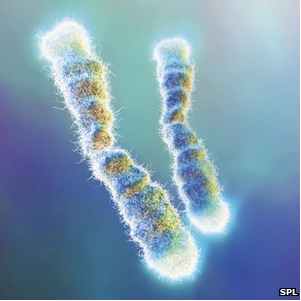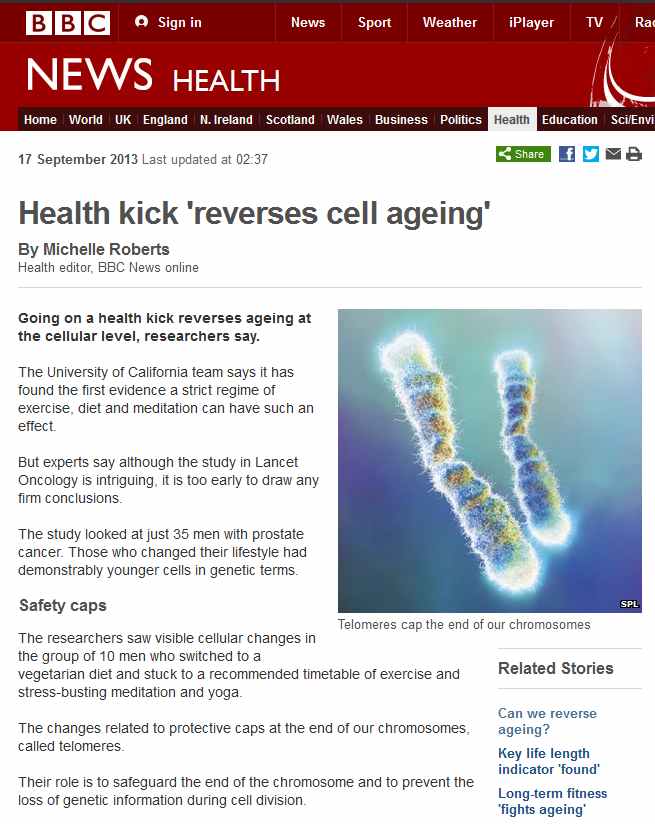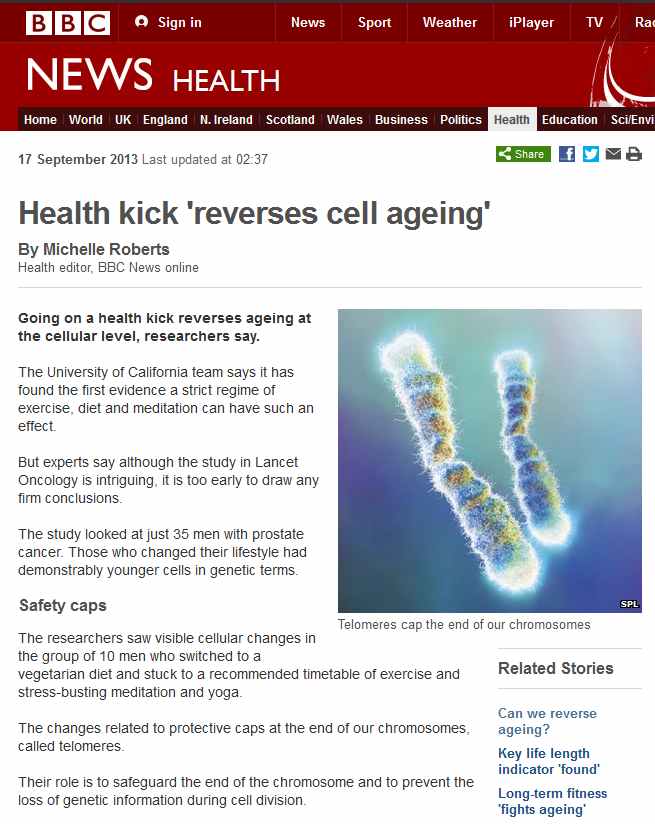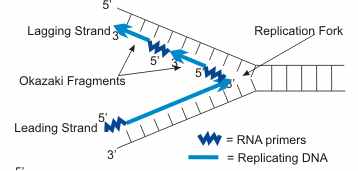Live forever?
Have you seen articles like this in the media?
Is this death – or life?
Unlike ourselves, our cells seem to know when to call it a day. When you consider this, oddly it seems important that cells should have a built-in mechanism for causing their own death, technically called apoptosis. Without this, sculpturing of the body during development would not be possible; for example, without apoptosis of cells between developing fingers, the hand would not develop fingers and become club shaped. It is important to distinguish between the programmed death of cells and cell death resulting from injury. This latter type of cell death is called Necrosis and results in the disorderly release of cell fragments once the cell membrane ruptures. The cell fragments cause inflammation which impairs the removal of debris by phagocytic cells. See the excellent article on phagocytosis:
http://en.wikipedia.org/wiki/Phagocytes
Apoptosis is much more orderly, once the initial train has been set, the cell fragments into apoptotic bodies that are able to be engulfed by phagocytic cells which prevents further damage to surrounding cells. Apoptosis is important as a guard against the development of tumours. In this case, changes in the biochemistry of the malignant cell results in its death before the onset of major problems in development of cancer. There is a remarkable video produced using the technique of time lapse photography here:
http://www.cellimagelibrary.org/images/43705 *
The video image shows living human prostate cancer cells undergoing apoptosis following treatment with etoposide.
The role of chromosomes
The picture to the right is of actual chromosomes. The telomeres are the obvious light areas at the en ds of each chromosome.
ds of each chromosome.
Elizabeth Blackburn and Joseph Gall working in the 1970s discovered that telomeres at the end of chromosomes have DNA consisting of repeated similar units.
They also discovered that these repeated units of DNA within the telomeres protected the genetically significant central part of the chromosome from damage during cell division. The protection is necessary for two reasons:
- Enzymes involved in DNA synthesis are unable to synthesise the ends of one of the DNA strands. This is because in the double helix, one DNA strand (“Chromatid”) runs forward from the 5 carbon position in Ribose to end at the last Ribose with carbon 3 at the end of the chain of Ribose – Phosphate repeating units and the complementary strand in the opposite direction, i.e. 3 to 5. Here is a diagram which explains what is going on:
[This is a file from the Wikimedia Commons
Commons is a freely licensed media file repository]
Key:
3’, 5’ = labelling of the direction of the strand depending on the orientation of the Ribose unit
a = strand of alternating Ribose/Phosphate units
b = continuous replication
c = discontinuous replication by use of RNA primers and Okazaki fragments
d = forking of helix during DNA replication
• = RNA primer units
DNA synthesis enzymes are only able to synthesise a new complementary strand in one direction, the upper branch of the fork in the diagram. The other strand, running in the opposite direction (lower branch of the fork), is replicated by binding RNA primers which are used to attach small sections of new single stranded DNA known as Okazaki Fragments. The Okazaki fragments are later connected together to form the new strand of DNA, see diagram:
[This is a file from the Wikimedia Commons
Commons is a freely licensed media file repository.]
This process is dependent on free DNA being ahead of the fibre being built. This is used to eventually help convert the RNA primer into DNA. Thus the last RNA primer cannot be converted to DNA and therefore is lost. Since the lost material is telomere DNA, genetically significant DNA is not lost, just “junk” DNA, but this does depend on a supply of “Junk” DNA in the telomeres.
This animation is a good overview of the process, the players and the enzymes involved:
http://www.wiley.com/college/boyer/0470003790/animations/replication/replication.swf
Naturally, as cell divisions occur, more “junk” telomere DNA is lost and the telomeres eventually disappear. From now on the cell cannot divide and will eventually die without replacement being possible. This finite limit to the number of divisions possible for a cell is known as the Hayflick limit after Leonard Hayflick who first postulated the theory in 1961. For humans the Hayflick limit is believed to be between 50 and 70.
2. The second reason for the importance of telomeres is again found during DNA replication. Exposed lengths of single stranded DNA are liable to attach to each other, either in the same chromosome or between chromosomes. Such fusions could lead to apoptosis or cancer.
This seems a good point to stop and reflect. I am producing a sequel to this posting which will look at the implications of trying to avoid the problem of diminishing telomeres and research showing that the observations of telomere degradation does occur in wild populations, together with the usual questions and syllabus references. It’s worth mentioning again that the purpose of these writings is not to pass A level Biology, but to gain a good grade and indeed, to gain entrance to a university with a history of effective teaching and research. In the mean time do try the questions in the Wiley web fun-packed animation above.
Sphenodon
* [Public Domain: This image is in the public domain and thus free of any copyright restrictions. However, as is the norm in scientific publishing and as a matter of courtesy, any user should credit the content provider for any public or private use of this image whenever possible: Phase Holographic Imaging AB (PHIAB), Scheelevägen 22, 223 63 Lund, Sweden; Birgit Janicke Phone: +46 (0)46 38 60 80, +46 (0)07 5131681 Birgit.Janicke@phiab.se]






